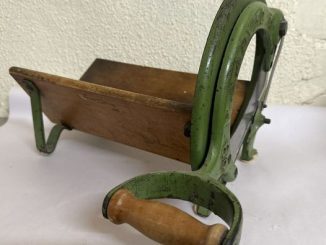The 1920s were an era defined by glamour, elegance, and transformation, especially for women. From the rise of the flapper culture to significant social shifts, accessories during this period played an important role in highlighting style and status. One unique piece from this era that encapsulated both practicality and sophistication was the “dance bag.” You might be wondering: what is a dance bag, and why was it such a prized possession in the Roaring Twenties? Let’s dive into the story behind this vintage accessory, its design, and why it’s still a fascinating collector’s item today.
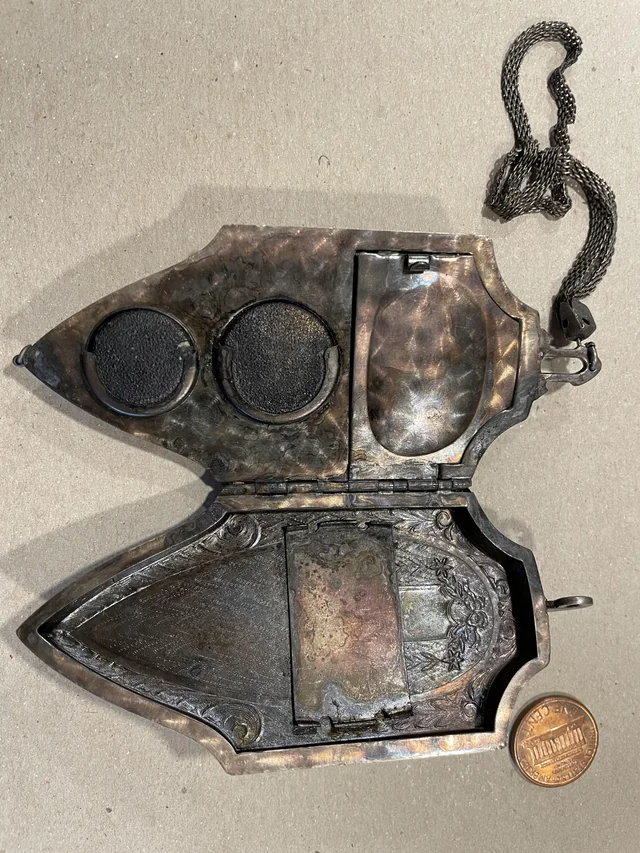
What Exactly is a Dance Bag?
A dance bag, also known as a “dance purse,” was an essential accessory for women in the 1920s. Unlike today’s handbags, which often carry an array of everyday essentials, the dance bag was a compact yet functional item designed specifically for evenings out, particularly at social events such as dances, cocktail parties, or theater visits.
These bags were not just about style; they served a practical purpose as well. Dance bags typically featured a design that allowed women to carry just the bare essentials needed for a night out. This included compartments for coins, a powder compact, and a section for guest cards or business cards, all neatly organized within a chic, often beaded or metallic frame.
The Intricate Design of a 1920s Dance Bag
The beauty of the 1920s dance bag lies not only in its utility but also in its design. Let’s take a closer look at the typical features that made these bags both practical and luxurious.
Coin Compartments for Convenience
At the heart of the dance bag’s design were its coin compartments. During the 1920s, carrying a wallet was less common, and women needed a small, secure place to store their money. These coin compartments were built with precision, allowing for easy access to change when necessary. Whether a woman needed to pay for a cab or purchase refreshments at an event, her dance bag had it covered.
The Powder Compartment for Touch-Ups
The 1920s were the height of glamour, and women took great pride in their appearance. Dance bags often came with a dedicated powder compartment, allowing women to touch up their makeup during the evening. The powder compartment would typically have a small mirror and space for a powder puff, enabling women to maintain their flawless look throughout the night.
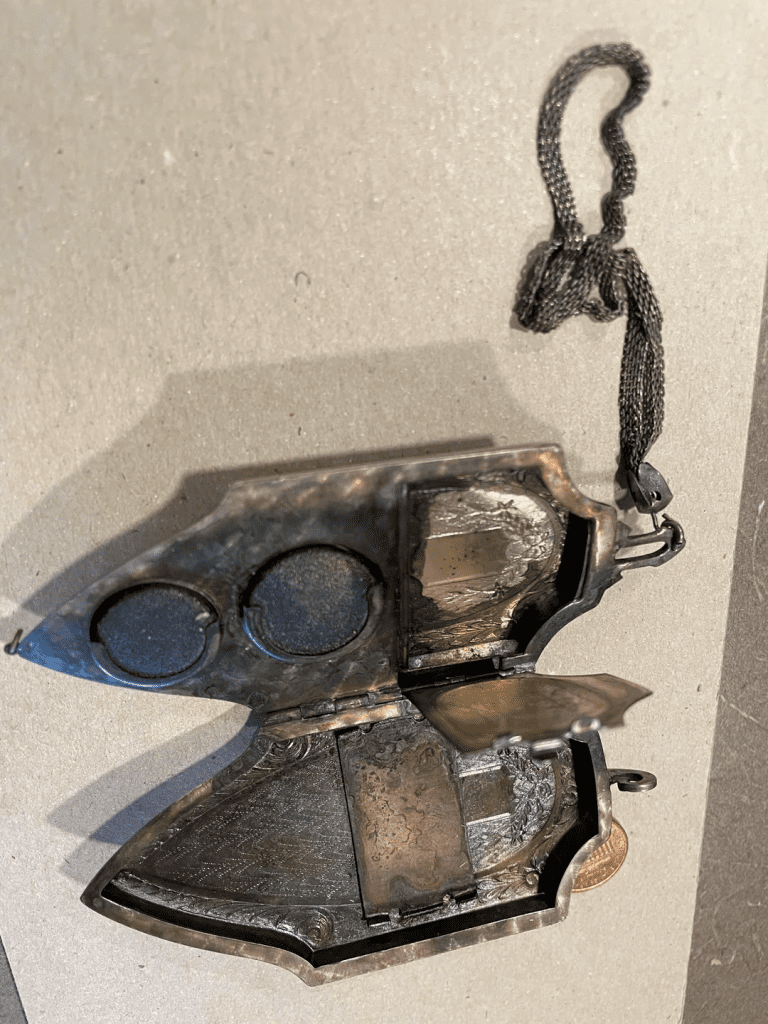
Guest or Business Card Holder
Another notable feature of the 1920s dance bag was the holder for guest or business cards. Social gatherings were a common occurrence during this time, and it wasn’t uncommon for women to exchange cards at dances or parties. Having a designated space for these cards within the bag made networking elegant and seamless.
Variety of Designs and Materials
What made these dance bags even more special was the variety of designs and materials used. While some bags were simple and understated, others were adorned with intricate beading, sequins, and metallic embroidery, reflecting the Art Deco aesthetic that defined the era. The materials used ranged from silk and satin to metallic mesh, with frames often made from silver or gold-tone metal.
Beaded Bags for Special Occasions
Beaded dance bags were a popular choice for more formal events, such as galas or balls. These bags often featured elaborate patterns and detailed beadwork that caught the light beautifully, making them the perfect accessory for a glamorous evening out. The intricacy of the design reflected not just fashion but the skill of the artisans who created these pieces.
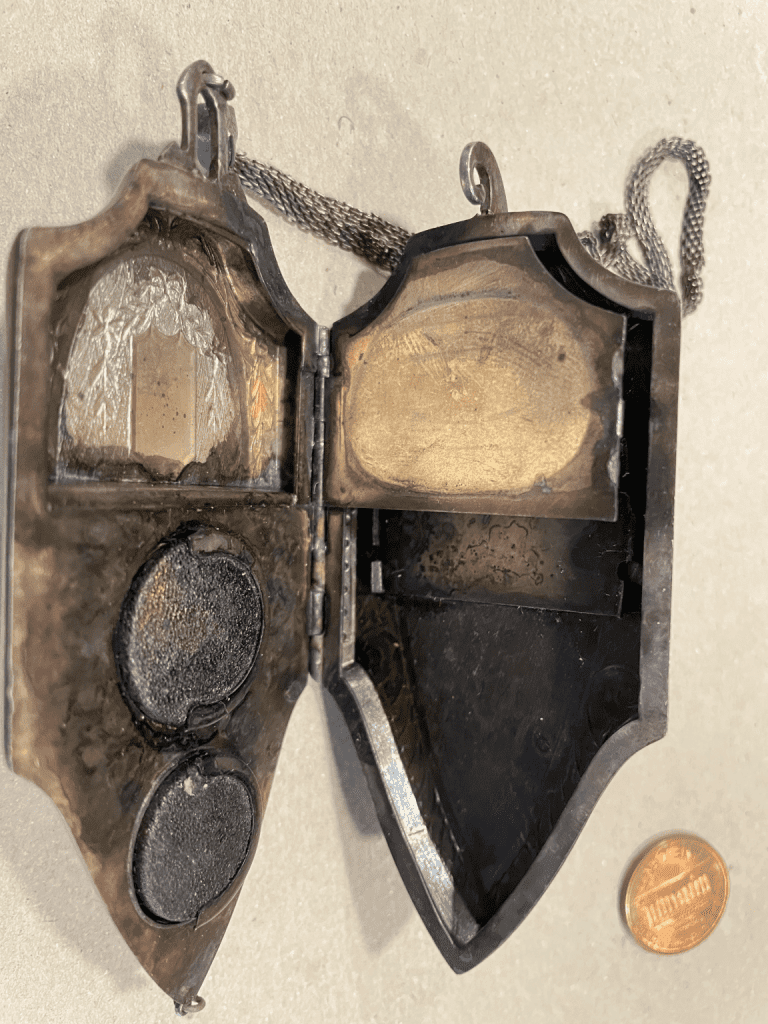
Metal Mesh Bags for Durability and Style
Metal mesh bags were another fashionable option, offering both durability and sophistication. These bags had a unique shimmering quality, and their metal frames made them sturdier than their fabric counterparts. The metallic materials often coordinated with jewelry and other accessories, adding a cohesive touch to a woman’s outfit.
Why Dance Bags Were Essential for Social Life
During the 1920s, social gatherings were a significant part of everyday life, especially for women who were stepping out into the public sphere more boldly than ever before. With the rise of the flapper lifestyle, attending dances, parties, and cultural events became central to socializing. A dance bag allowed women to carry what they needed for these events without being weighed down by larger purses or handbags.
Women of the 1920s needed an accessory that would complement their active social lives, and the dance bag delivered on both style and function. Its compact size allowed it to be carried effortlessly while dancing or mingling, and its elegant design made it an eye-catching accessory.
The Dance Bag’s Legacy and Modern Appeal
Today, the 1920s dance bag remains a cherished collector’s item. Its timeless design and historical significance continue to attract vintage enthusiasts and fashion historians alike. Many modern designers have even drawn inspiration from these iconic accessories, incorporating elements of the dance bag into contemporary evening bags and clutches.
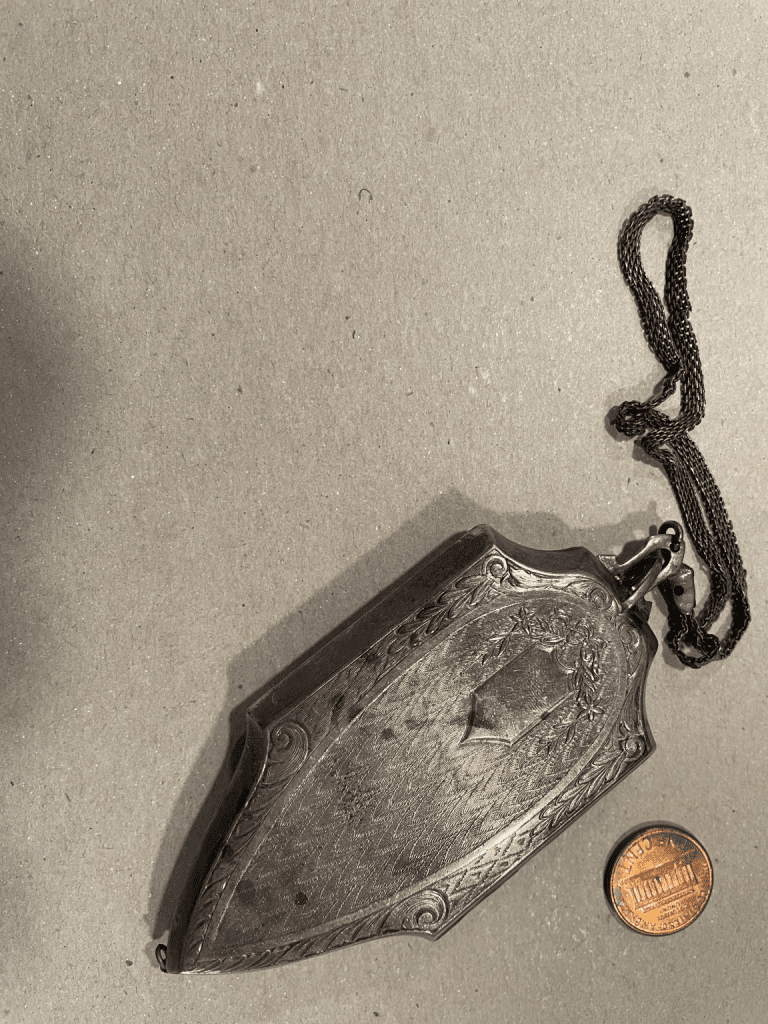
For collectors, owning an original 1920s dance bag is like holding a piece of history. These bags tell a story of the women who carried them, reflecting the changing societal roles, evolving fashion trends, and cultural movements of the time.
Conclusion: The Enduring Charm of the Dance Bag
The 1920s dance bag was more than just a fashionable accessory—it was a symbol of the new freedom and independence women were experiencing during this transformative era. Its design, which combined practicality with elegance, made it the perfect companion for the social scene of the Roaring Twenties.
Though the days of the dance bag have passed, its influence on fashion remains strong. Whether you’re a vintage aficionado or someone who appreciates fine craftsmanship, the 1920s dance bag is a reminder of an era where style and substance walked hand in hand. So, the next time you’re at an antique shop or vintage fair, keep an eye out for this timeless accessory—you just might find a treasure from the past that’s still relevant today.
